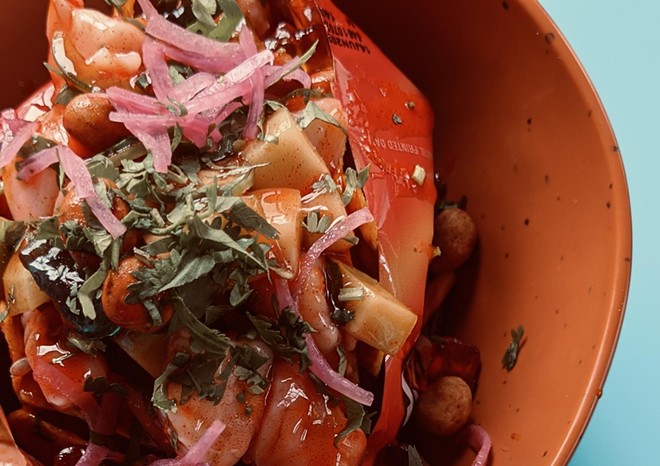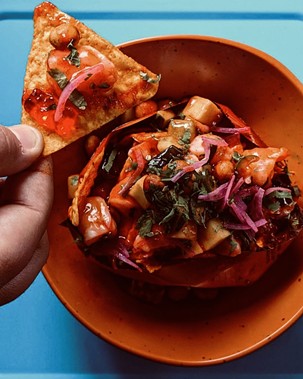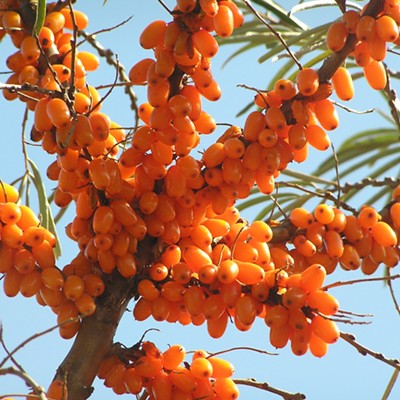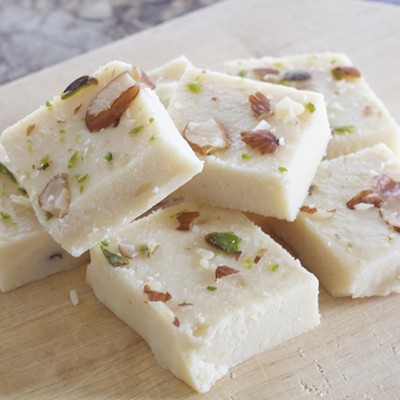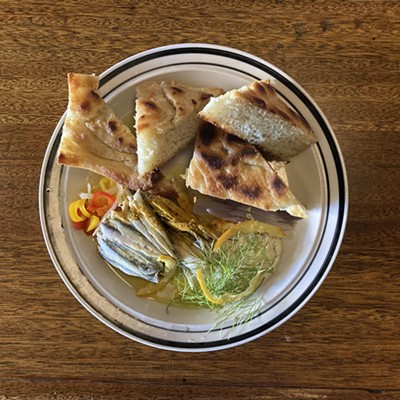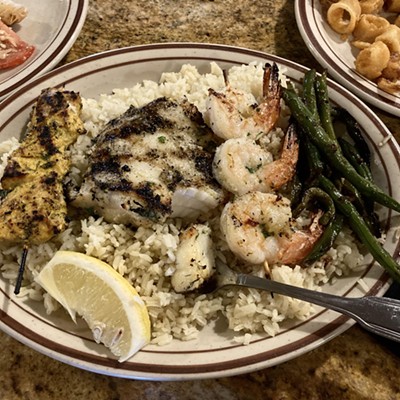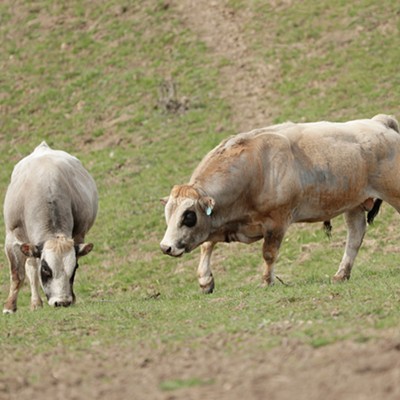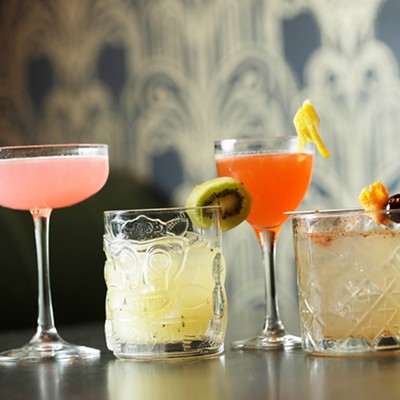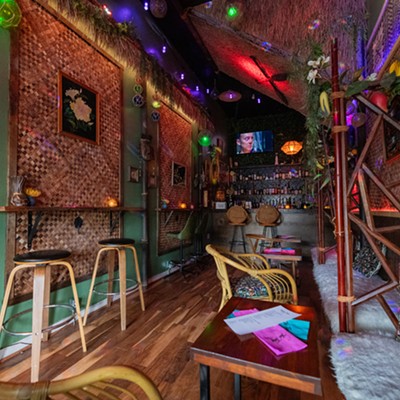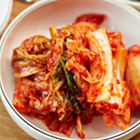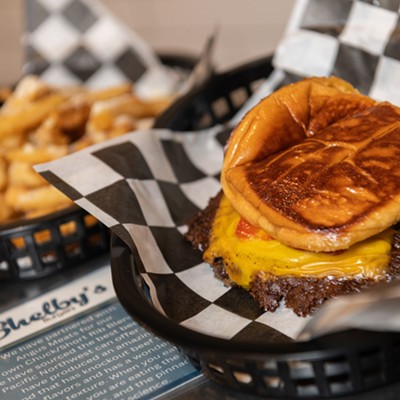Count of dishes/places: 17
Ah, authenticity. The bane of every food lover's existence. Either food is "bad" because it isn't authentic, or traditions are "bad" because they inhibit creativity. People who experiment with the status quo either get blacklisted as posers or heralded as visionaries.
Chefs travel to Paris to study authentic French cooking. Tourists make a living by blogging about local "authentic" spots. The law gets involved, giving legal definitions to what is and isn't a bourbon or bratwurst or baklava. But then Edward Kim creates his Midwest/Asian fusion spot Mott St. in Chicago and attracts Michelin attention. Midwest and Asian? Is that even a thing?
Since food epitomizes much of what we care about — memory, family, home, money, survival — it's no wonder that most people hold white-knuckled to opinions on how food ought, and oughtn't, be.
One of today's featured items is an ancient drink from central Mexico that predates Spanish colonization. Another is an obnoxious snack from the modern streets of Mexico City that relies on food coloring and childlike wonder. Which one is authentic? Which one is worthy of respect, admiration or celebration?
I'll leave the big questions to somebody else. I'll just offer my humble opinion: they both taste pretty good.
TEPACHE FROM PRE-HISPANIC MEXICO CITY
Chad White is all about breaking convention. The Washington Restaurant Association named White a 2018 Innovator of the Year. The James Beard Foundation considered awarding the nonstop creator the Best Chef in the Northwest in 2020 and 2022. White even broke out of the kitchen and onto the screen for the 13th season of Bravo's Top Chef.
But his attention-grabbing Spokane restaurant, Zona Blanca Ceviche Bar, is one of the only reliable spots in Spokane to sip a thousand-year-old beverage that used to flood the neighborhoods of Tenochtitlan.
Tepache is a word probably derived from the Nahuatl word "tepiatl," meaning "drink made from corn," though it could also be related to the Nahuatl work "tepachoa," meaning "to grind," or the Opata word "tepatzi," meaning "place of beautiful women." Some say the Mayans would use it in sacred ceremonies. Regardless, ancient tepache was definitely a fermented drink, probably slightly (or not-so-slightly) alcoholic, and perhaps originally made with corn.
Homebrewers experimented with tepache at home, as homebrewers are like to do, and somewhere during the Mayan or Aztec regimes of Mesoamerica, someone introduced pineapple rinds to the mix. The destiny of the buzzy brew diverged — fermented corn juice became tejuino, and fermented pineapple juice took over the title tepache.
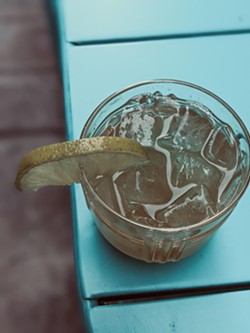
Today, tepache is fermented for a few days or up to about two weeks from a combo of pineapple pulp and rinds (which provide the natural yeast), sugar, water, and various spices like cinnamon or black pepper — but the exact spice mix is up to the creativity and curiosity of each brewer.
In Mexico, you can find tepache with various ABVs. People mostly drink tepache for refreshment, so it's almost always less than 5% ABV, and usually closer to 1%. But you can never quite know for sure, since most tepache is sold by street vendors who make the concoction at home. Pour it into a plastic bag, punch it with a straw, and you're good to go. Just wait a moment or two before you decide to drive anywhere.
In the U.S., tepache can be marketed to health nuts the same way kombucha is. It's fermented so it's good for your gut microbiome, plus it's low in calories, and, since it's made from pineapple rinds, almost a zero-waste product. For the rest of us, tepache is a mixer that's fruity, fizzy, and fantastic in cocktails and mocktails alike.
At Zona Blanca, you can choose from the best of both worlds. Grab a glass of sunshine-colored tepache for a light accompaniment to your meal— a kiss from the essence of pineapple over your ceviche. For something stronger, spike a tepache cocktail with your choice of tequila, mezcal or rum. Either way, you'll be sipping from the annals of history, which are still being tweaked in home kitchens and craft cocktail bars alike.
DORILOCOS FROM POST-HISPANIC MEXICO CITY
There are some things in this world that can be explained. Dorilocos is not one of them.
Yes, a quick Google search would bring up pages of food bloggers using words like "outrageous," "maximalist," "slippery," "drunk junk food," "over-the-edge" and "turnt up."
But the description at Zona Blanca is simple: "This is a surprize snack that originated in Mexico City. Don't make us spoil the fun!"
The most exciting part is a foreboding "z" in surprize.
I did not Google Dorilocos before I ordered it, and boy was I surprized. I was also flip-flopping between concern and admiration for the city that came up with this insane snack.
Dorilocos are the opposite of ancient. They feature a mass produced, imported, branded chip served in a plastic bag, drowned in hot sauce, and garnished with pickled veggies, gummy bears, Japanese peanuts and a disposable fork. There's no reason to actually use the fork — it's way more efficient to dig through the contents with your fingers.
The colors are unnatural to say the least — neon green candy against the alarming orange of Nacho Cheese Doritos. There is no agreement on texture — crunchy one moment, gummy the next, crispy at the beginning and soggy at the end. It seems like Dorilocos were created just to upset the sensitive palate, taking a peculiar joy in being slightly offensive and massively appealing.
Dorilocos are second-wave Tostilocos, a similar concept dished up with Tostitos, the blander brand of corn chips. Some creation myths link the crazy chips to strapped street vendors in Tijuana or Jalisco trying to make a tostada with the snacks close at hand. But today, it haunts the streets of Mexico City like a beloved stray dog, adopted by the neighborhood for its slightly off-putting charm. It's what kids look forward to after school. It's what wearied adults look for to remind themselves that there is joy in the world. It's what drunks crave and mothers indulge in.
Dorilocos may not be ancient, but laughter in the face of piety certainly is. Dorilocos abandon the sacrosanct rules of cuisine and offer something that people actually want to eat.
So if you're at Zona Blanca and your table is taking dinner a little too seriously, order a round of Dorilocos. Everyone will definitely be surprized. Ditch the silverware, spice up your spelling, and join in the veritable human tradition of throwing caution to the wind. ♦
Have an idea for what I should eat next? Wanna make me a tradition dish from your hometown, or a creative twist on a classic? Send 80 Plates tips and ideas to [email protected].

